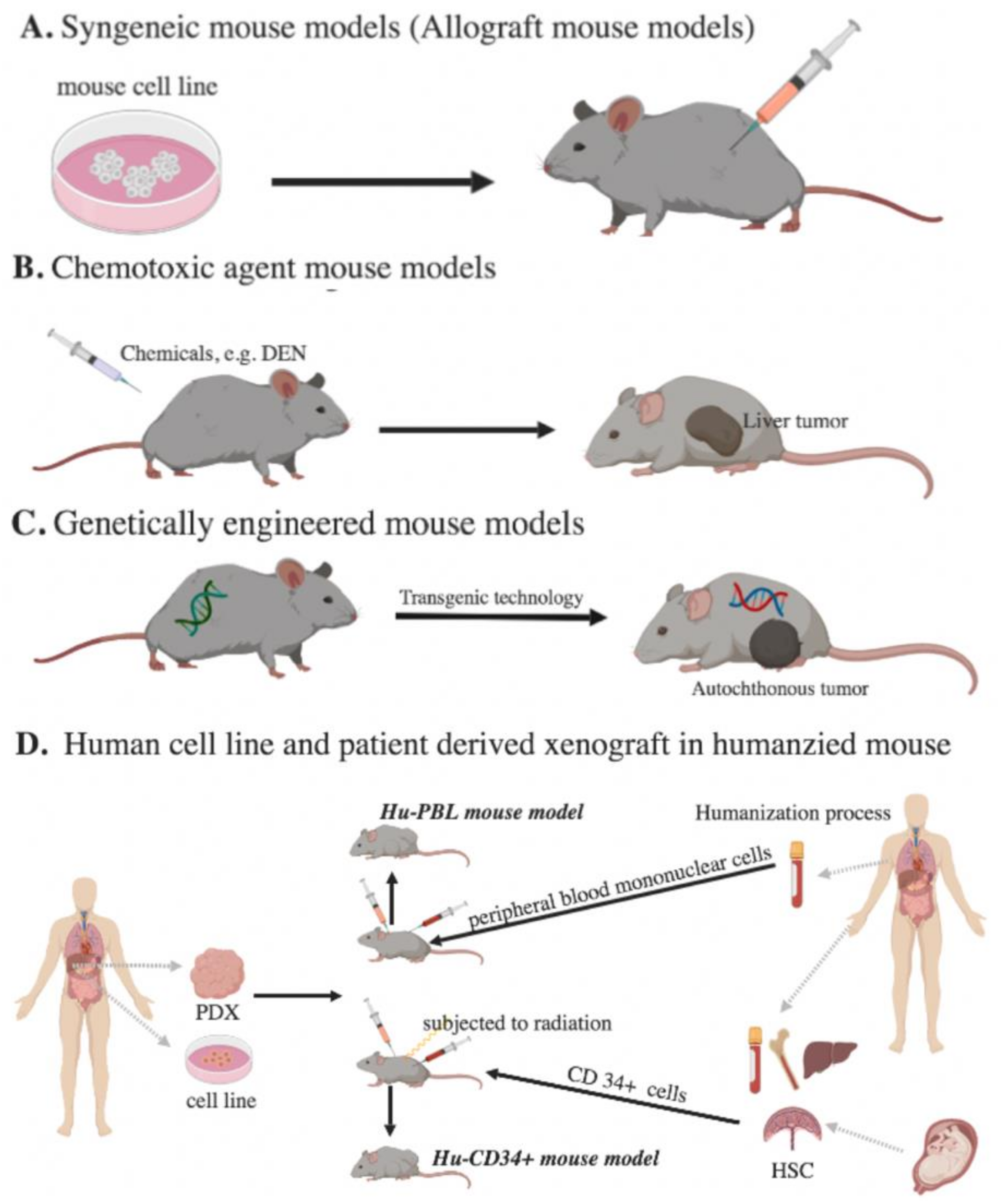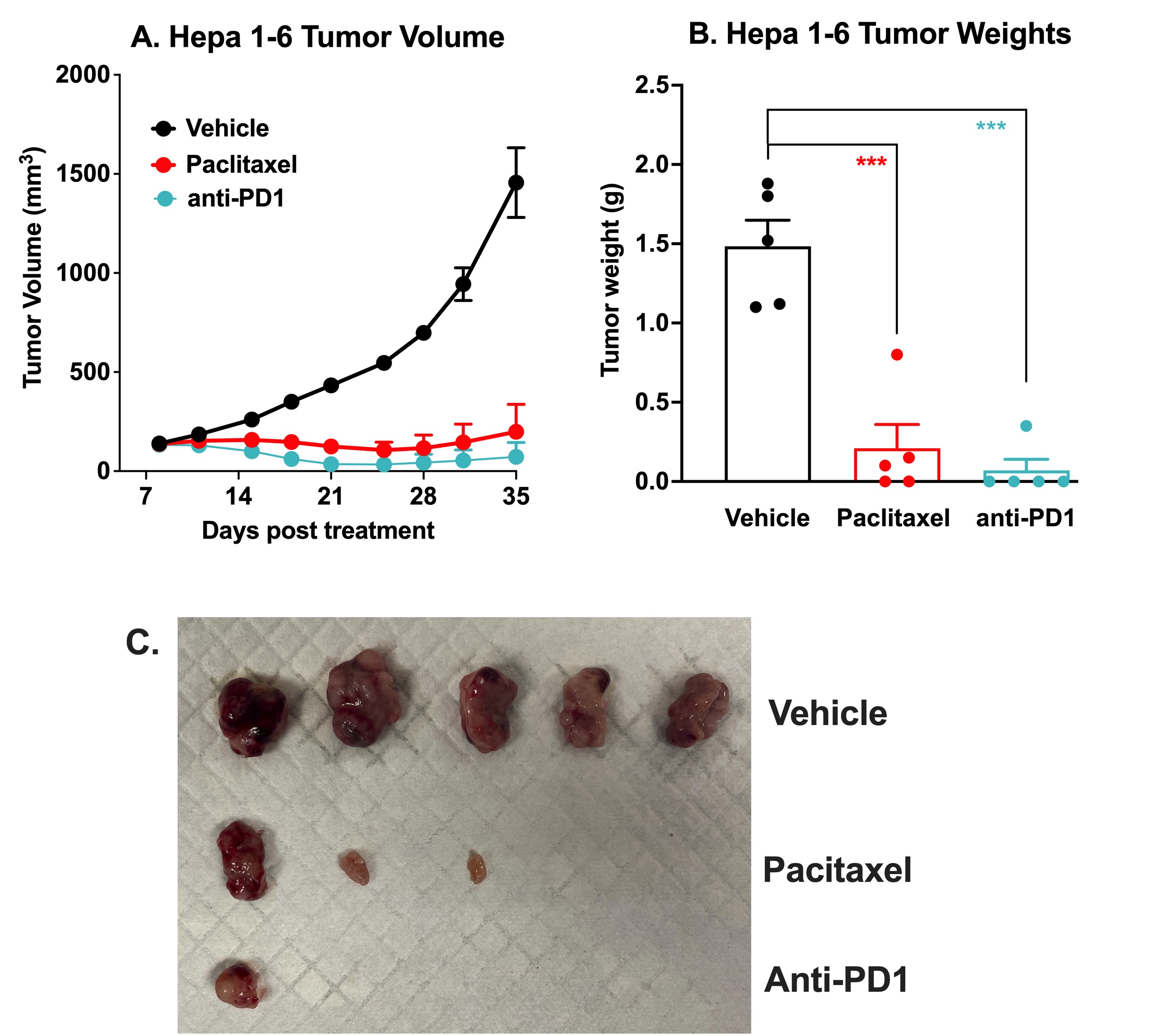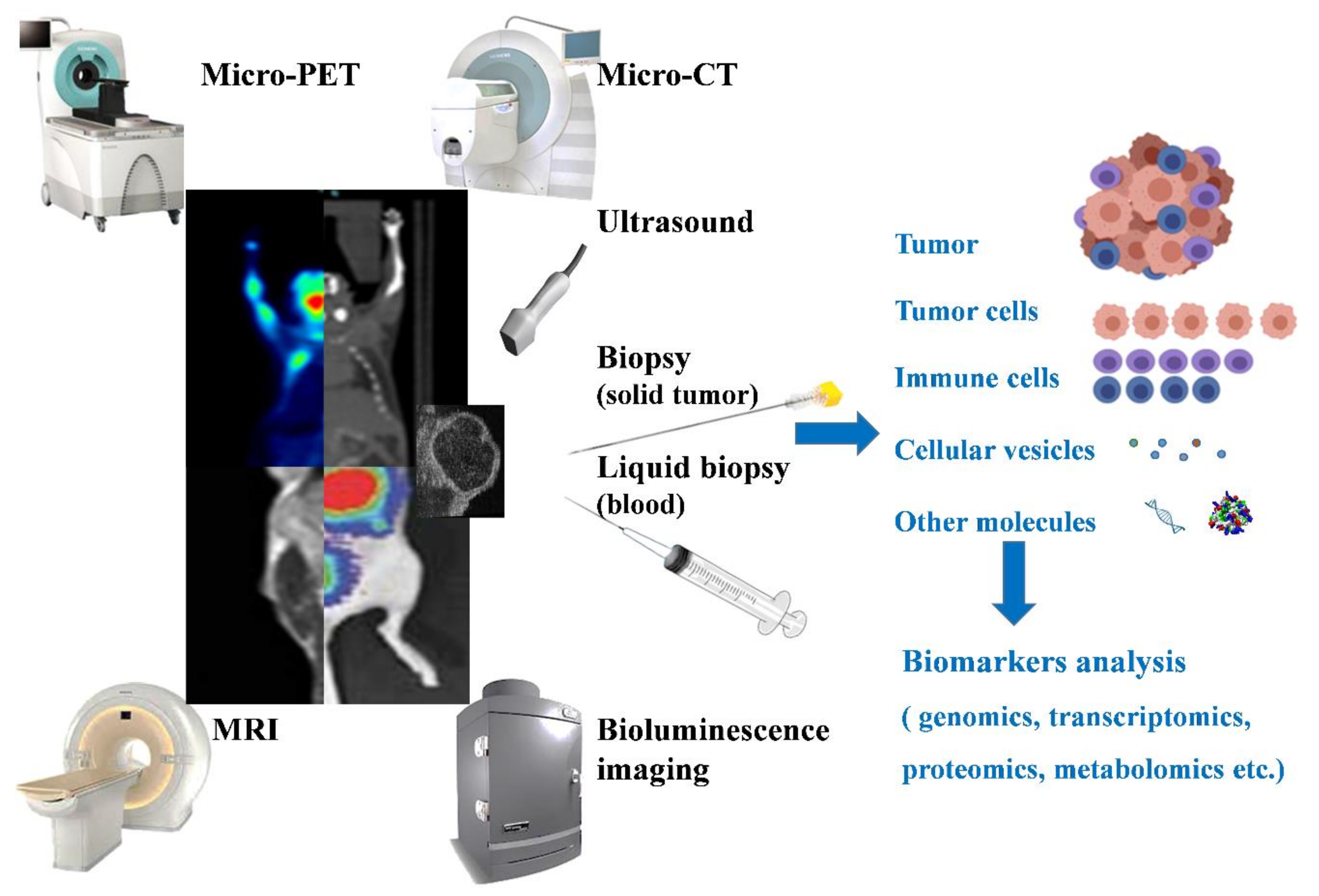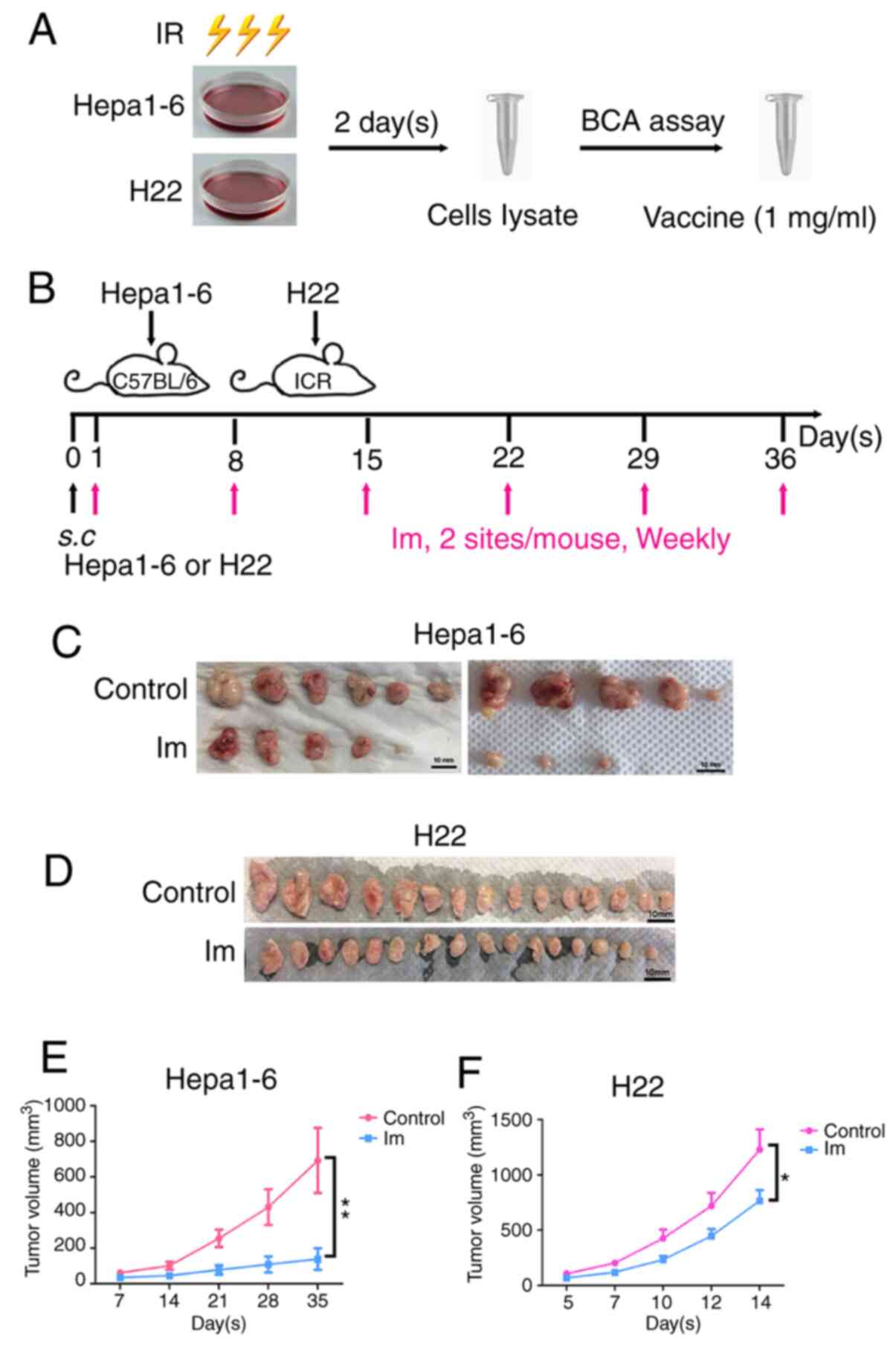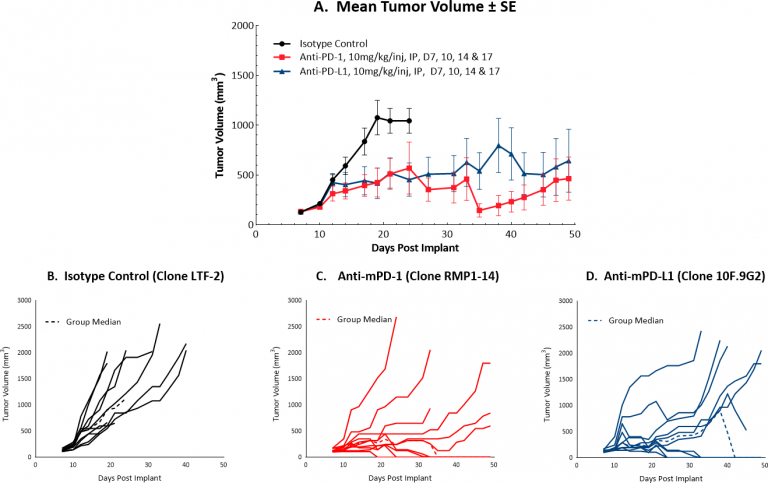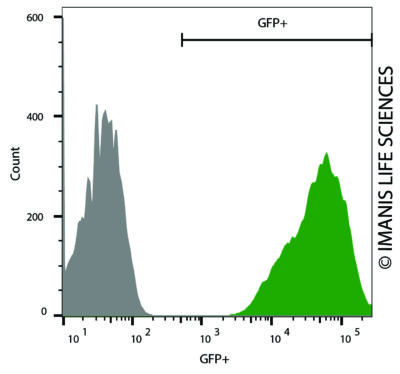
NCR− group 3 innate lymphoid cells orchestrate IL-23/IL-17 axis to promote hepatocellular carcinoma development - eBioMedicine

Systemic injection of Hepa1-6 cells in syngeneic C57BL6 mice. Hepa1-6... | Download Scientific Diagram

Immunomodulatory activity of lenvatinib contributes to antitumor activity in the Hepa1‐6 hepatocellular carcinoma model - Kimura - 2018 - Cancer Science - Wiley Online Library
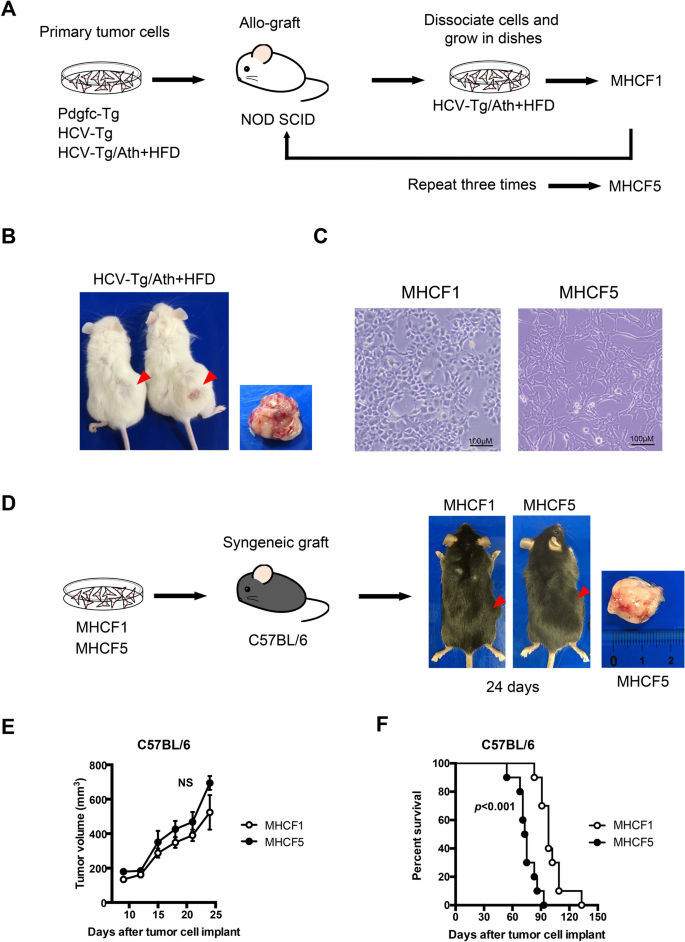
Establishment of liver tumor cell lines from atherogenic and high fat diet fed hepatitis C virus transgenic mice | Scientific Reports
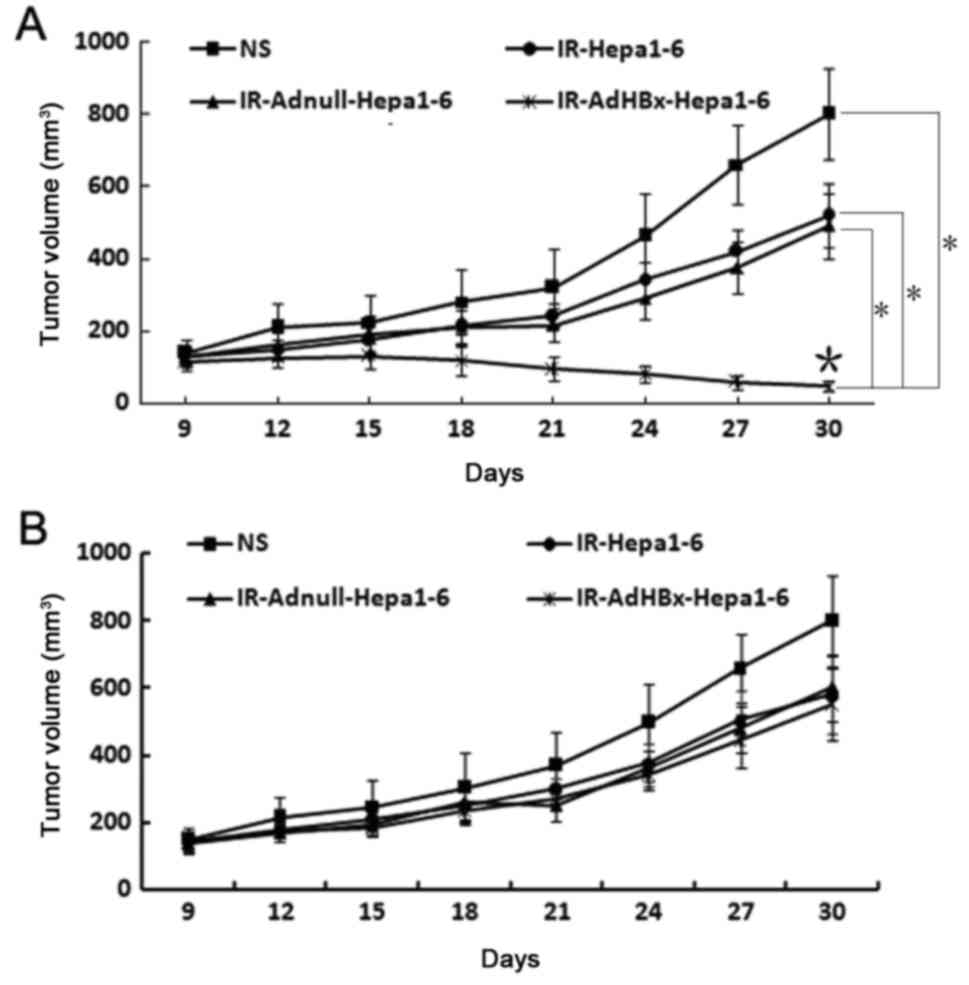
Mechanisms for enhanced antitumor immune responses induced by irradiated hepatocellular carcinoma cells engineered to express hepatitis B virus X protein
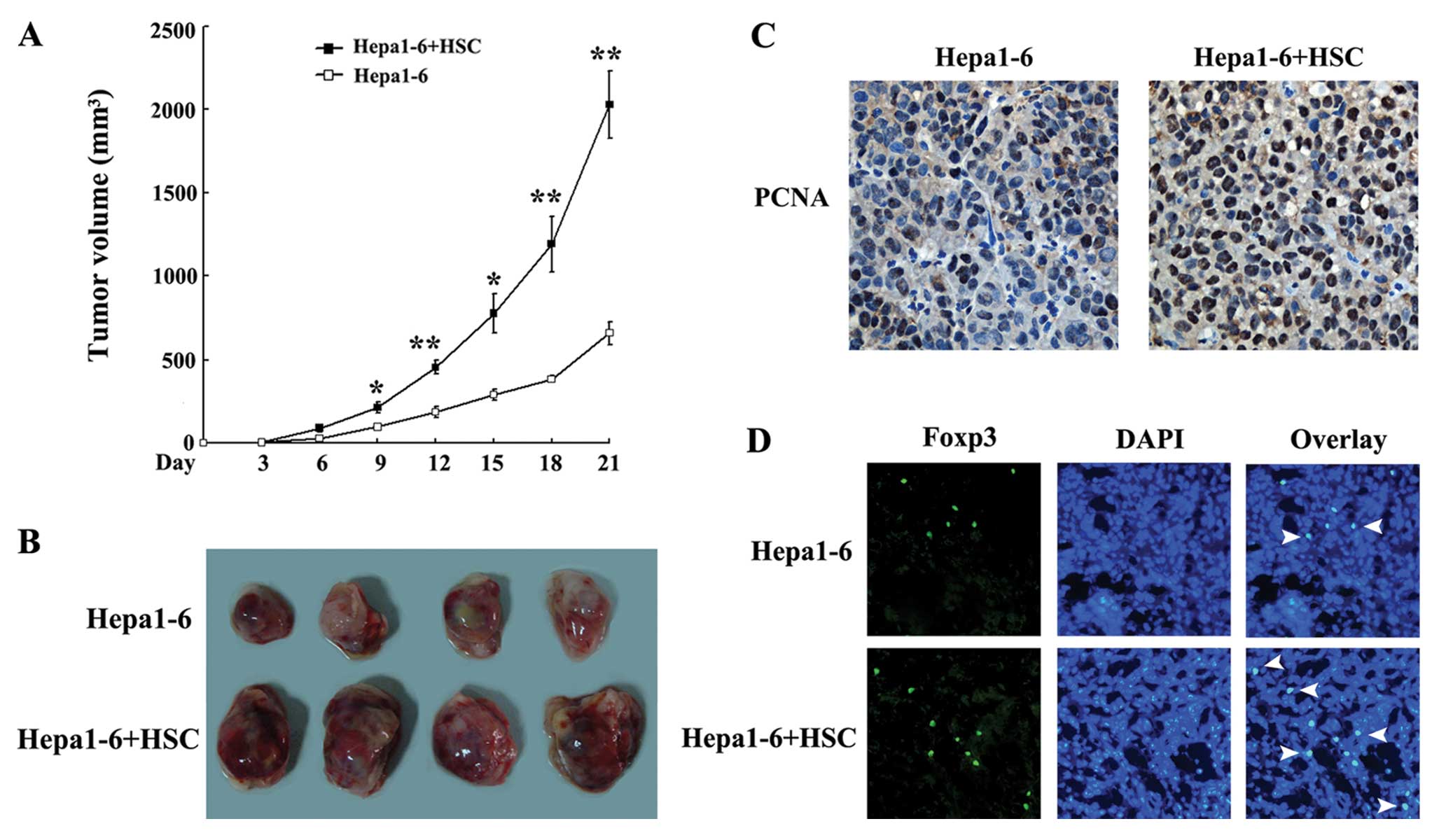
The role of hepatic stellate cells in the regulation of T-cell function and the promotion of hepatocellular carcinoma

Analysis of two distinct hepatoma cell lines, Hepa1-6-1 and Hepa1-6-2,... | Download Scientific Diagram

Listeria-based hepatocellular carcinoma vaccine facilitates anti-PD-1 therapy by regulating macrophage polarization | Oncogene

Murine HCC models Hepa 1-6 and BW7756. (A) Hepa 1-6 cells (5 10 6 ) or... | Download Scientific Diagram

A combination of check-point blockade and α-galactosylceramide elicits long-lasting suppressive effects on murine hepatoma cell growth in vivo - ScienceDirect

Nardostachys jatamansi Root Extract Attenuates Tumor Progression in Hepatocellular Carcinoma via Inhibition of ERK/STAT3 Pathways | Anticancer Research

Third‐generation oncolytic herpes simplex virus inhibits the growth of liver tumors in mice - Nakatake - 2018 - Cancer Science - Wiley Online Library
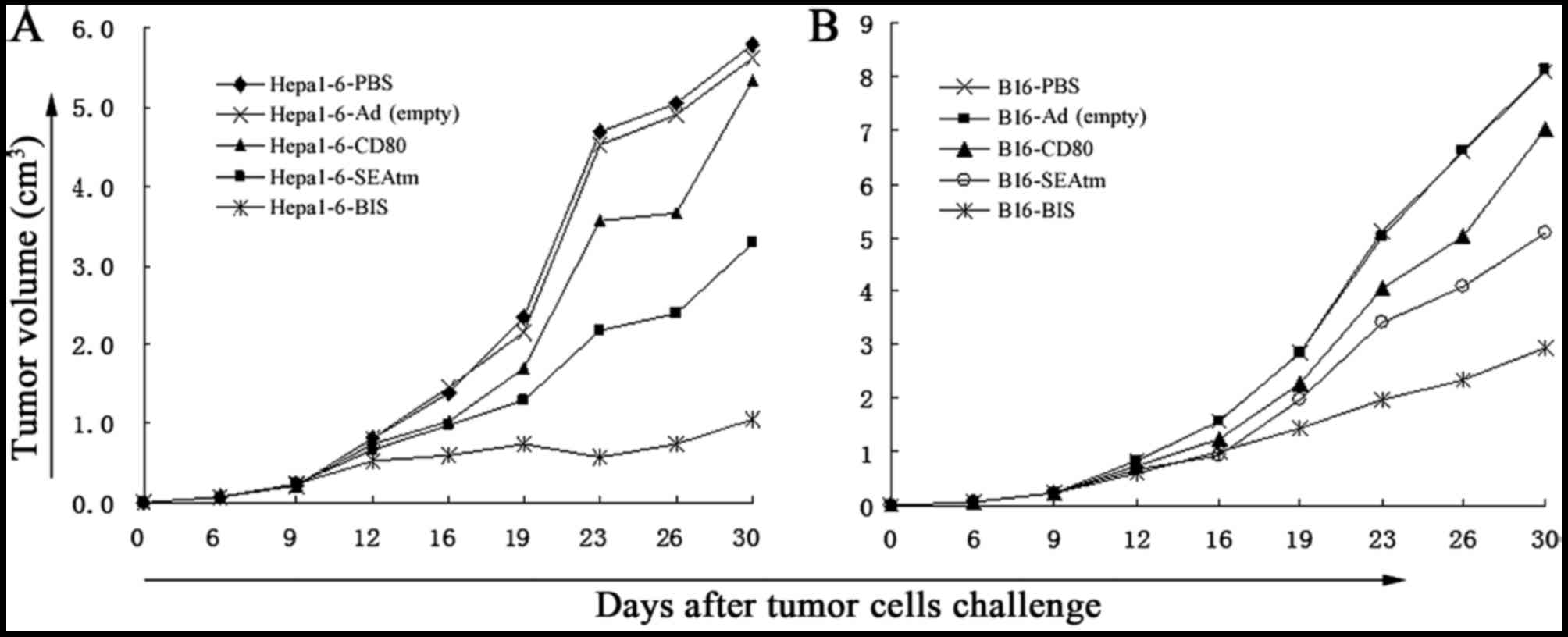
Recombinant adenovirus of SEA and CD80 genes driven by MMRE and mouse TERT promoter induce effective antitumor immune responses against different types of tumor cells in vitro and in vivo

Inhibition of murine hepatoma tumor growth by cryptotanshinone involves TLR7-dependent activation of macrophages and induction of adaptive antitumor immune defenses | SpringerLink
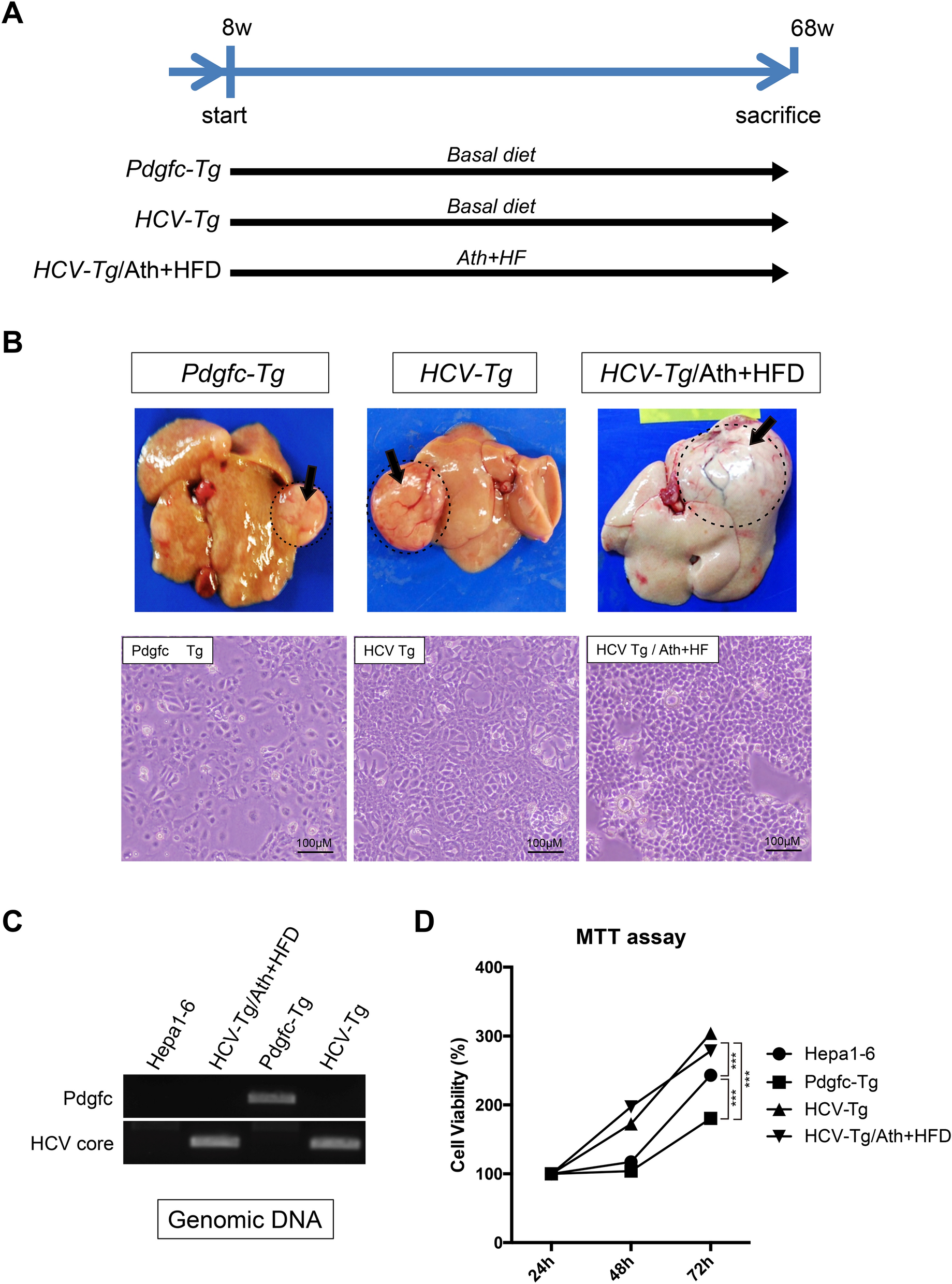
Establishment of liver tumor cell lines from atherogenic and high fat diet fed hepatitis C virus transgenic mice | Scientific Reports

Immunomodulatory activity of lenvatinib contributes to antitumor activity in the Hepa1‐6 hepatocellular carcinoma model - Kimura - 2018 - Cancer Science - Wiley Online Library

Combined Antitumor Effects of Sorafenib and GPC3-CAR T Cells in Mouse Models of Hepatocellular Carcinoma: Molecular Therapy

Systemic injection of Hepa1-6 cells in syngeneic C57BL6 mice. Hepa1-6... | Download Scientific Diagram
Intrahepatic Tissue Implantation Represents a Favorable Approach for Establishing Orthotopic Transplantation Hepatocellular Carcinoma Mouse Models | PLOS ONE
Correction: Intrahepatic Tissue Implantation Represents a Favorable Approach for Establishing Orthotopic Transplantation Hepatocellular Carcinoma Mouse Models | PLOS ONE
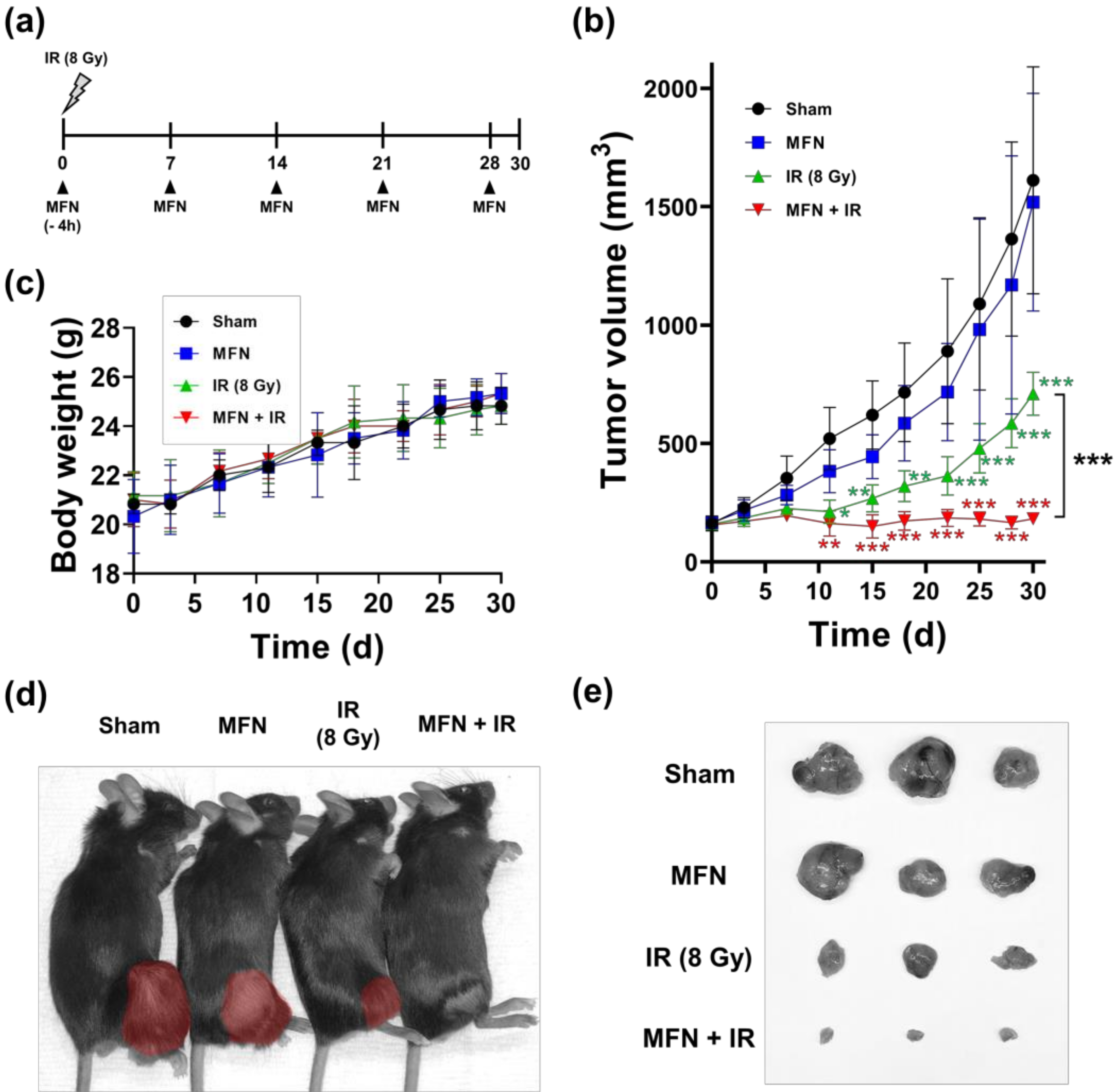
IJMS | Free Full-Text | Manganese Ferrite Nanoparticles Enhance the Sensitivity of Hepa1-6 Hepatocellular Carcinoma to Radiation by Remodeling Tumor Microenvironments
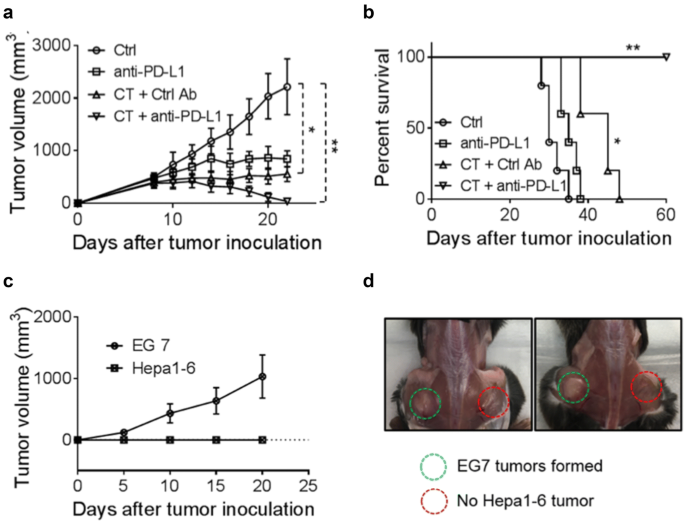
Inhibition of murine hepatoma tumor growth by cryptotanshinone involves TLR7-dependent activation of macrophages and induction of adaptive antitumor immune defenses | SpringerLink

